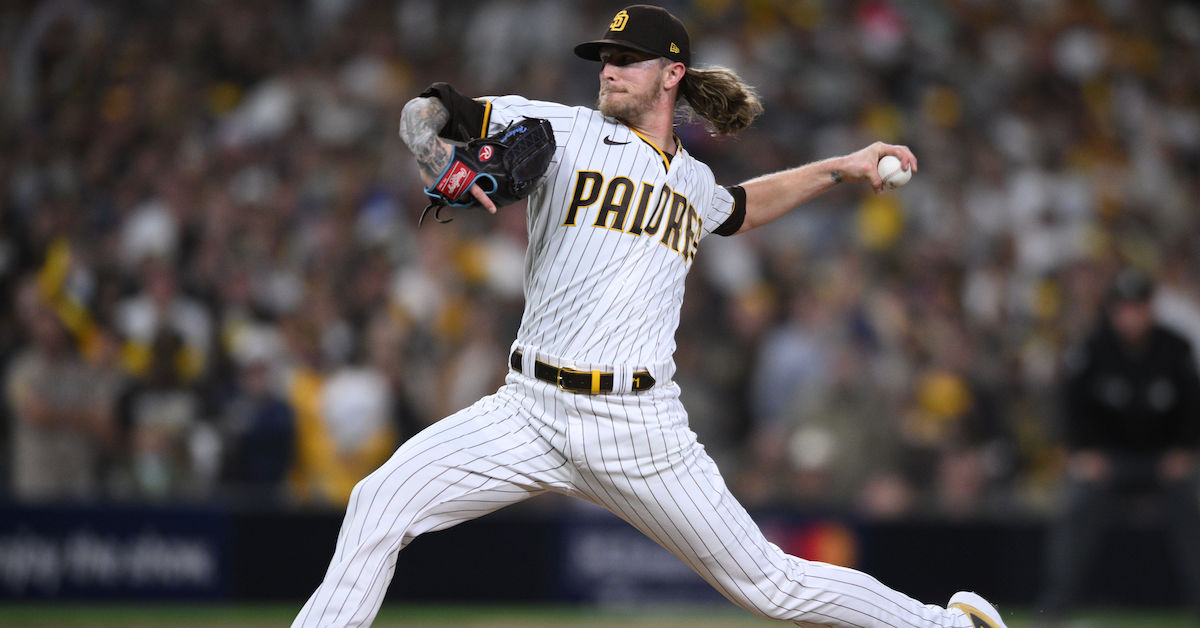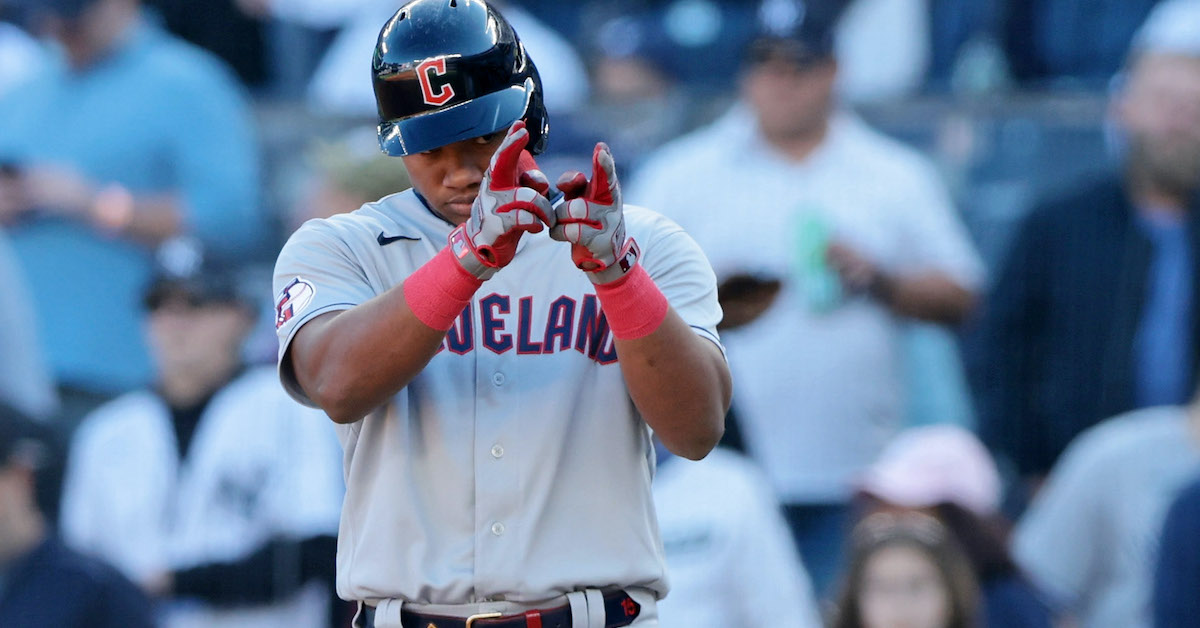Baseball Operations Trainee
Location: Cincinnati, OH
Department: Baseball Operations
Reports To: Manager of Baseball Operations
FLSA: Hourly, Non-Exempt
Job Purpose:
Provide daily support to all members of the Baseball Operations Department in a wide range of both administrative and baseball-related tasks and projects.
Essential Duties and Responsibilities:
- Assist in preparation of advance scouting documents and video for players and coaches during season.
- Perform qualitative and quantitative research and analysis in support of salary arbitration, roster management, player evaluation, amateur draft, and trade deadline efforts.
- Introductory level player evaluation, including scouting and writing reports on assignment.
Knowledge, Skills and Abilities:
- Independent judgment and ability to multitask is required to plan, prioritize, and organize diversified workload.
- Strong work ethic and willingness to work long, flexible hours including weekends and holidays.
- High level of attention to detail.
- Must be trustworthy and comfortable with managing sensitive information.
- High level of interpersonal skills and be able to effectively communicate with wide range of departments, seniority levels and personalities.
- Understanding of typical baseball data structures, plus knowledge of current baseball research and traditional baseball statistics and strategy.
Experience, Education and Licensure:
- Bachelor’s degree or pursuit of degree or equivalent experience in a quantitative field, such as statistics, mathematics, engineering, and/or economics preferred.
- Experience playing/working in college and/or professional baseball/softball preferred.
- Demonstrated experience and proficiency with:
- Database querying (e.g., SQL) and statistical software (e.g., R, Python) preferred.
- BATS video system preferred.
- Microsoft Office Suite (e.g., Microsoft Word, Excel, and PowerPoint) required.
Requirements:
- Spoken and written fluency in English.
- Ability to travel within the United States and internationally.
- Willing to relocate.
Expectations:
- Adhere to Cincinnati Reds Organization Policies and Procedures.
- Act as a role model within and outside the Cincinnati Reds Organization.
- Perform duties as workload necessitates.
- Demonstrate flexible and efficient time management and ability to prioritize workload.
- Meet department productivity standards.
- Willingness to learn. Open to new methodologies.
Equal Opportunity Statement:
The Cincinnati Reds are an Equal Opportunity Employer. It is the policy of the Cincinnati Reds to ensure equal employment opportunity without discrimination or harassment on the basis of race, color, national origin, religion or creed, sex, age, military or veteran status, disability, citizenship status, marital status, genetic predisposition or carrier status, sexual orientation or any other characteristic protected by law.
Disclaimer:
The statements herein are intended to describe the general nature and level of work being performed by the employee in this position. The above description is only a summary of the typical functions of the job, not an exhaustive or comprehensive list of all possible job responsibilities, tasks, and duties. Additional duties, as assigned, may become part of the job function. The duties listed above is, therefore, a partial representation not intended to be an exhaustive list of all responsibilities, duties, and skills required of a person in this position.
Job Questions:
- Briefly describe (100 words or less) why you feel you are a strong fit for this role.
- How did you hear about this position?
- When are you available to start?
- Are you legally authorized to work in the United States?
- Will you now or in the future require sponsorship for employment visa status?
To Apply:
To apply, please follow this link.
Baseball Analytics Trainee
Location: Cincinnati, OH
Department: Baseball Analytics
Reports To: Baseball Analytics Leadership
FLSA: Hourly, Non-Exempt
Job Purpose:
Assist Baseball Operations decision-making through the analysis of various sources of baseball information. The specific day-to-day responsibilities of this position will vary depending on current needs from our stakeholders along with the baseball calendar but will revolve around analyzing various sources of baseball data.
Technical Questionnaire:
The Baseball Analytics Department of the Cincinnati Reds is requiring all applicants to complete a technical questionnaire hosted on Coderbyte to be considered for this role. The technical assessment has a time limit of 2 hours. Many complete the assessment in 1 hour. The URL to complete the technical assessment is the following: https://coderbyte.com/sl-candidate?promo=cincinnatireds-sqyjd:sql-assessment–xx9c805lh5
Essential Duties and Responsibilities:
- Learn and communicate analytical products across departments.
- Build upon analytic initiatives by creating new statistical models, applications, and reports.
- Introductory level player evaluation, including scouting and writing reports on assignment.
- Iterate on existing products and processes already established by the Baseball Analytics Department.
- Present analysis and research results to stakeholders with various levels of analytic knowledge.
- Conduct ad-hoc research projects when requested.
Knowledge, Skills and Abilities:
- Independent judgment and ability to multitask.
- Strong work ethic and willingness to work long, flexible hours including weekends and holidays.
- High level of attention to detail.
- Creative approach to problem solving
- High level of interpersonal skills to effectively communicate baseball analytic concepts with a wide range of departments, seniority levels, and personalities.
- Knowledge of current baseball research, data, and technology.
- Strong technical and statistical acumen.
- Passion for the game of baseball.
Experience, Education and Licensure:
- Bachelor’s degree or pursuit of degree or equivalent experience in a quantitative field that emphasizes technical and analytical problem-solving skills such as statistics, mathematics, engineering, and/or economics preferred.
- Understanding of advanced statistical techniques is strongly preferred
- Demonstrated experience and proficiency with Database querying (e.g., SQL) and statistical software (e.g., R, Python) is strongly preferred.
- Ability to learn other programming languages as needed.
Requirements:
- Spoken and written fluency in English.
- Willing to relocate to Cincinnati, Ohio
Expectations:
- Adhere to Cincinnati Reds Organization Policies and Procedures.
- Act as a role model within and outside the Cincinnati Reds Organization.
- Perform duties as workload necessitates.
- Demonstrate flexible and efficient time management and ability to prioritize workload.
- Meet department productivity standards.
- Willingness to learn. Open to new methodologies.
Equal Opportunity Statement:
The Cincinnati Reds are an Equal Opportunity Employer. It is the policy of the Cincinnati Reds to ensure equal employment opportunity without discrimination or harassment on the basis of race, color, national origin, religion or creed, sex, age, military or veteran status, disability, citizenship status, marital status, genetic predisposition or carrier status, sexual orientation or any other characteristic protected by law.
Disclaimer:
The statements herein are intended to describe the general nature and level of work being performed by the employee in this position. The above description is only a summary of the typical functions of the job, not an exhaustive or comprehensive list of all possible job responsibilities, tasks, and duties. Additional duties, as assigned, may become part of the job function. The duties listed above is, therefore, a partial representation not intended to be an exhaustive list of all responsibilities, duties, and skills required of a person in this position.
Job Questions:
- Briefly describe (100 words or less) why you feel you are a strong fit for this role.
- How did you hear about this position?
- When are you available to start?
- Are you legally authorized to work in the United States?
- Will you now or in the future require sponsorship for employment visa status?
- As part of the application process, all applicants are required to complete the technical questionnaire. The information regarding the technical questionnaire is provided in the job description of this posting. If you acknowledge the requirement of this step in the application process, please provide a “YES” response to this question.
To Apply:
To apply, please follow this link.
The content in this posting was created and provided solely by the Cincinnati Reds.








